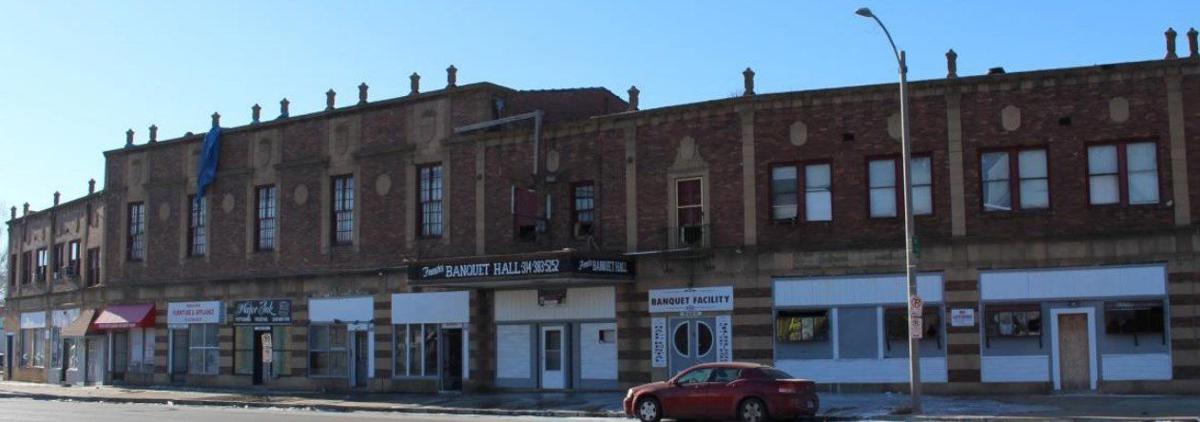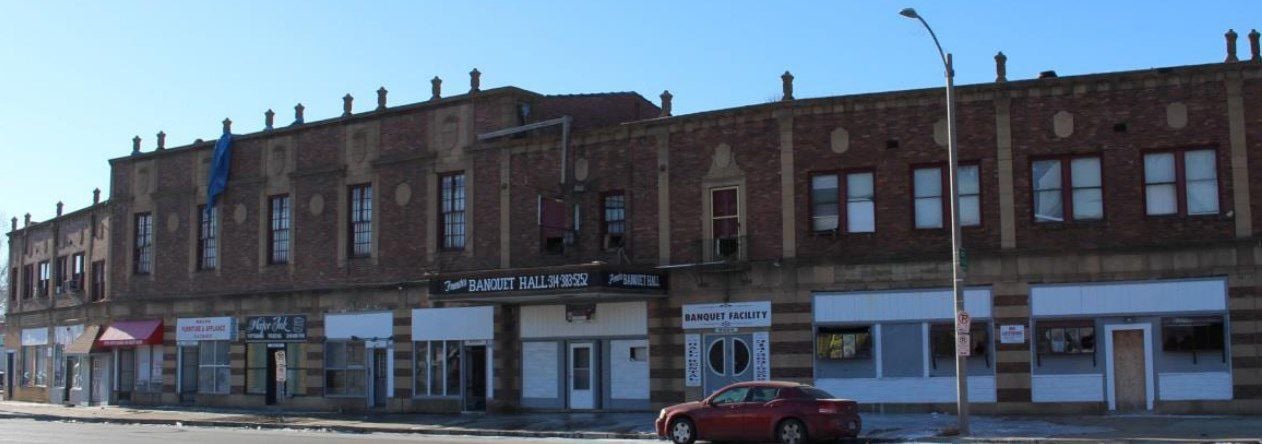The building that once housed the Club Imperial, where Ëú╠Ď╩ËĂÁ music royalty such as Ike and Tina Turner and Chuck Berry played some of their early gigs, will stay standing. For now.
In a 5-0 vote Monday, the Ëú╠Ď╩ËĂÁ Preservation Board upheld for the building at the corner of West Florissant Avenue and Goodfellow Boulevard.
Robert Vroman, the new owner of the structure built in the 1920s, had sought to demolish it after submitting the only bid to buy it at a delinquent city tax sale over the summer. Vroman and argued the market has shown no interest in rehabbing the property.
People are also reading…
The only proposal he has received is from a nearby business owner to tear it down and build a strip mall.

Album cover for Ike & Tina Turner Revue "Live." The Turners recorded some early records at the Club Imperial, which was opened by George Edick in 1952 on West Florissant Avenue. 
Even after media attention from several outlets in the┬álast week, ÔÇťthe only people who have contacted me are four small business owners interested in renting space in the hypothetical strip mall,ÔÇŁ Vroman said.
While acknowledging the building has ÔÇťchallengesÔÇŁ ÔÇö it was structurally condemned late last year ÔÇö Cultural Resources Director Dan Krasnoff said losing it ÔÇťwould be a real loss for our cultural history.ÔÇŁ
ÔÇťI feel like there hasnÔÇÖt been a strong enough effort here to reuse this building,ÔÇŁ he told the board.
The building became part of local music history after George Edick opened the Club Imperial in 1952. He hosted a local music show in the early 1960s called ÔÇťParty TimeÔÇŁ that featuring the latest local dance and music trends and was broadcast on KPLR (Channel 11). A jitterbug variation that became known as the Ëú╠Ď╩ËĂÁ Imperial was born there. Even after Ike and Tina Turner became stars, they returned to play at the club that was pivotal to their early careers. They even recorded some songs from ÔÇťIke and Tina Turner Revue LiveÔÇŁ there.
EdickÔÇÖs son, Gregory Edick, said his dad would want the building to stay standing. He told the board he couldnÔÇÖt afford to fix the buildingÔÇÖs roof, which is why he lost it to back taxes several years ago.
ÔÇťIt could be fixed,ÔÇŁ he said. ÔÇťThe biggest thing is it needs a new roof.ÔÇŁ
Alderman Pam Boyd, who represents the Walnut Park West neighborhood where the building is, said the area wants to ÔÇťhold on to that history.ÔÇŁ
ÔÇťNorth Ëú╠Ď╩ËĂÁ, people want to label it as dangerous and thereÔÇÖs nothing there,ÔÇŁ she said. ÔÇťWell, thereÔÇÖs a lot there.ÔÇŁ
Vroman said he wasnÔÇÖt surprised at the boardÔÇÖs decision. He hopes all the media attention might shake loose a buyer with the wherewithal to rehab the building.
If no one steps forward, he may ultimately let it go back to a tax auction, which could mean the city takes ownership if no one else wants it. He also said he would look into the possibility of having it declared a redevelopment area by the cityÔÇÖs Land Clearance for Redevelopment Authority. Under city rules, that makes the preservation more apt to allow demolition of significant buildings.











